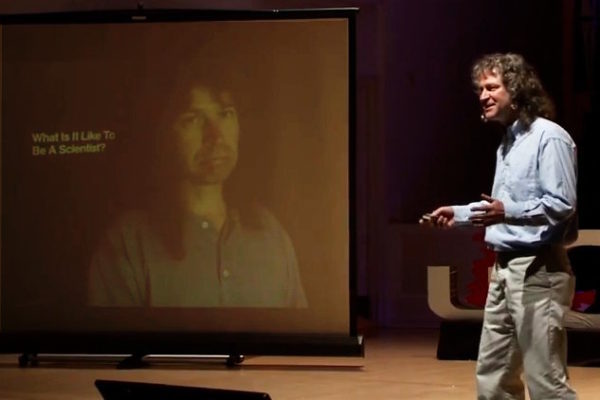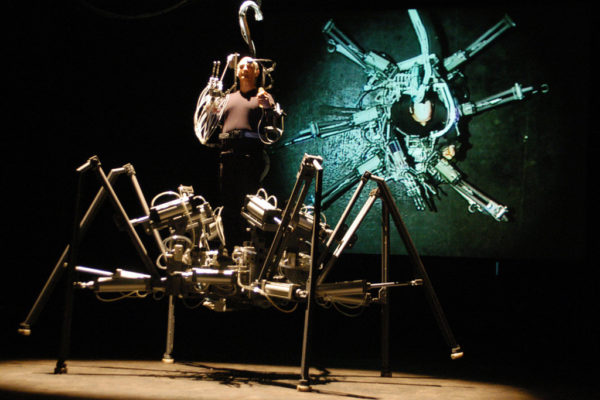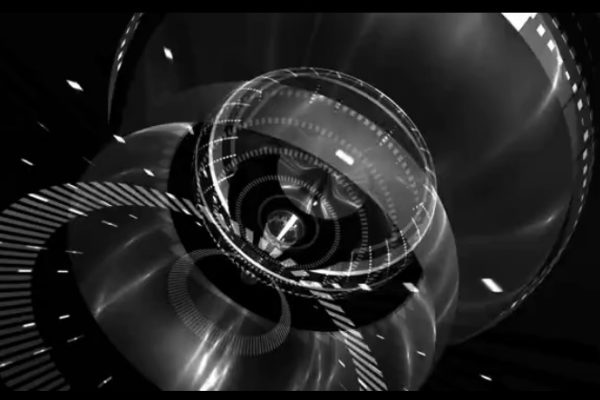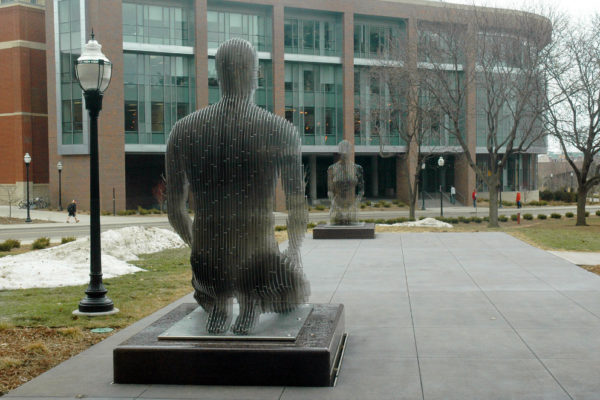Chapter 6. How Science Helped Resolve the World’s Greatest Art Scandal
Richard Taylor, the hero of this chapter, is a scientist whose research into fractals offered a way to authenticate paintings by Jackson Pollock. He believes that his scientific research may even reveal something deeper. “Perhaps it may even be able to throw a narrow beam of light into those dim corners of the mind where great paintings exert their power,” he told me (p. 173).
In this exciting TEDx lecture Taylor discusses what to him is the essential connection between art and science. […]




